Advertiser content
‘Living Lab’ to answer key sustainable agriculture questions
A ground-breaking research centre is turning South West England into a “living laboratory” with the intention of answering some of agriculture’s most pressing sustainability questions.
Opinions on how to make agriculture more sustainable vary greatly, but for the University of Plymouth’s Professor Richard Preziosi and Dr Mark Whiteside, the answers can be revealed by the cutting-edge technology that is now at our fingertips.
Research excellence
Research England recently granted a £5.7m funding award to the University of Plymouth to set up the Centre of Research Excellence for Intelligent and Sustainable Productive Systems (Crisps).
A key aim of Crisps is to create a toolbox of agricultural sensors that can collect data, inform current practice and facilitate precision farming on a landscape scale, and the South West provides the ideal place for this work.
The region has a very diverse landscape, including productive arable and horticultural systems, extensive livestock production, and upland environments such as the National Parks of Exmoor, Bodmin Moor and Dartmoor.
This allows scientists and farmers to work together, co-creating approaches to using accessible handheld scanners, animal- and robot-mounted sensors, and genetic technology, to investigate the application of agricultural precision at catchment scale.
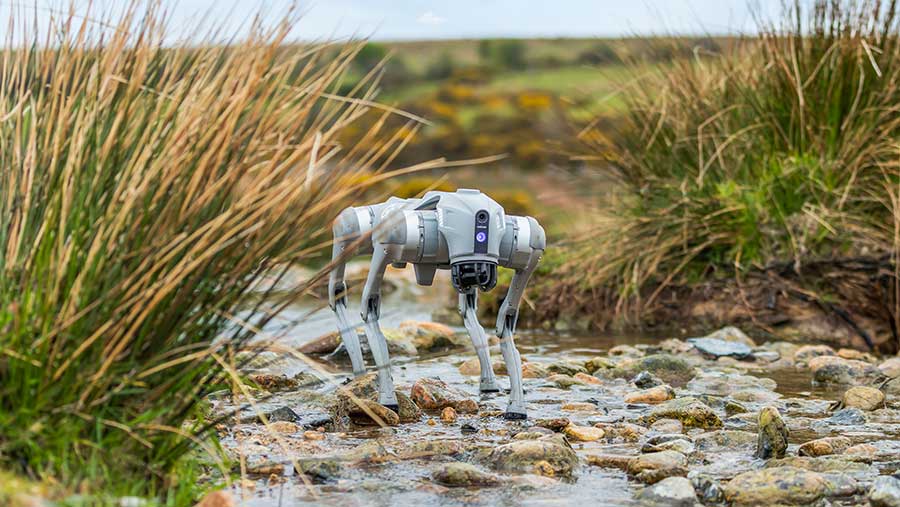
Robot dog fitted with LiDAR sensors © University of Plymouth
Healthy soils
Agricultural soil health is firmly in the spotlight following the realisation that intensive practices have significantly depleted this precious resource since the start of the Green Revolution.
“In some cases, we are now in a situation where a system with depleted soils, propped up by artificial fertiliser and pesticides, can be less productive than a system with healthy soil and no artificial inputs,” says Richard.
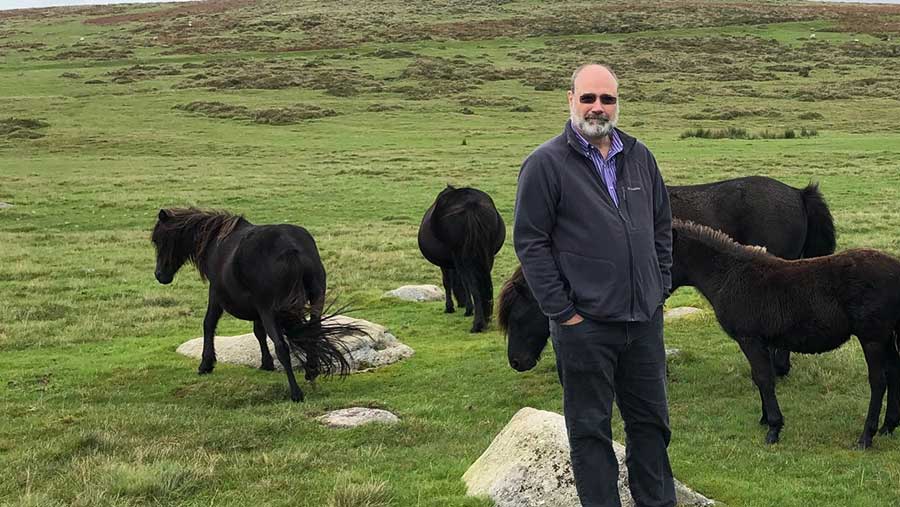
Professor Richard Preziosi © Richard Preziosi
“Some inputs are still needed, but the most important action now is improving soil health, which will increase baseline productivity and reduce reliance on inputs overall.”
Soil health can mean different things to different people, and one of Crisp’s most important remits is to try to find a simple and accessible way of quantifying soil health on farm.
Richard says many farmers can simply pick up a handful of soil and be able to tell if it’s healthy or not, but that doesn’t tell us why it’s in good order.
“If we can determine what a healthy soil is and identify the bioindicators which tell us if soils are becoming more or less healthy before we see it with the naked eye, we can then take pre-emptive action and start to restore our soils in the right way.”
The first step in enabling this real-time soil health monitoring is using DNA detection technology to identify the most important soil organisms in each system.
The ultimate goal is for farmers to be able to take a sample, mix with a buffer containing a reagent, and drop it onto a small piece of filter paper to tell if they have the right microorganisms in their soil.
“Development of these genetic technologies takes a lot of initial investment, but once there, these tests will be very cheap and accessible for anyone to use,” says Richard.
Precision technology
Precision farming technology is familiar to some arable and horticultural businesses, and livestock systems like the dairy industry, but less so in extensive grazing systems, such as upland pastoral farms.
With incentives for farmers increasingly focusing on the environment, it is important to understand how livestock affects these landscapes.
Advances in sensors, big data and automation will be key for monitoring factors like habitat development and loss, eutrophication, and soil dynamics, including erosion, compaction and disease spread.
Dr Mark Whiteside’s research centres around using sensors to analyse animal movement, health, production, and their environmental influences.
He says Crisps aims to develop precision farming techniques to help us understand more about livestock as well as their impacts on ecosystem services offered by their environments.
For instance, animal-mounted biologgers like collars and ear tags will not only be able to track where animals are, but also collect data on whether they are foraging, birthing, or have welfare concerns.
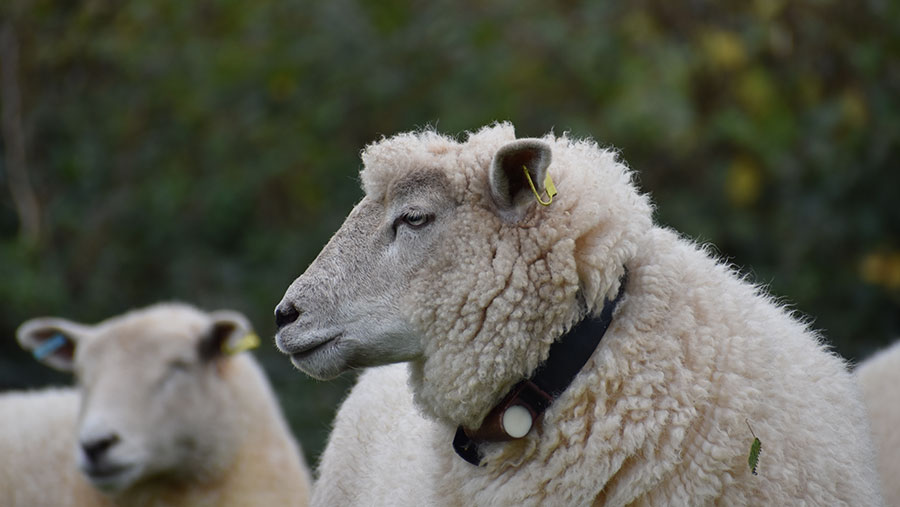
Sheep wearing a biologger sensor collar © Mark Whiteside
Environmental sensors, either fixed in the ground or mounted on existing platforms like drones, ATVs, or small robots, can map landscapes by measuring temperature, humidity, soil pH, moisture, soil organic carbon and much more.
These can be linked together using a simple Long Range Wide Area Network (LoRaWAN) system, which is able to receive data from multiple sensors at once, visualise information in real time, and deliver it to researchers with minimal power requirement and without the need for 3G and 4G networks – crucial in upland areas and deep river valleys.
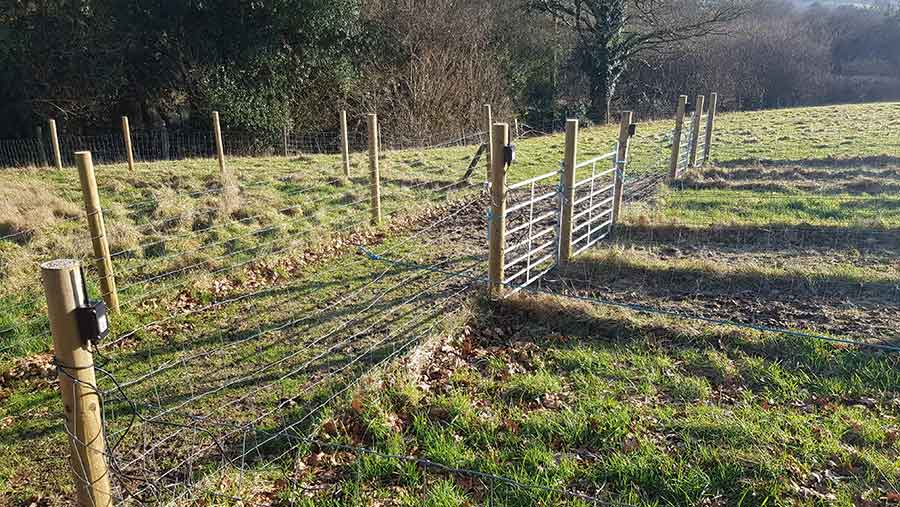
LoRaWAN sensors mounted on fenceposts © Mark Whiteside
Mark says with farmers receiving environmentally focussed payments through the Sustainable Farming Incentive (SFI), using precision technology will provide a good scientific benchmark of how different management practices are performing relative to their aims.
“For us to understand the environmental benefits of agricultural practice, we need to go beyond the individual farm boundary and that’s why we are working with clusters of farms at a catchment level.
“This will not only help improve productivity and animal welfare, but also the wider environmental impact of pastoral systems,” adds Mark.
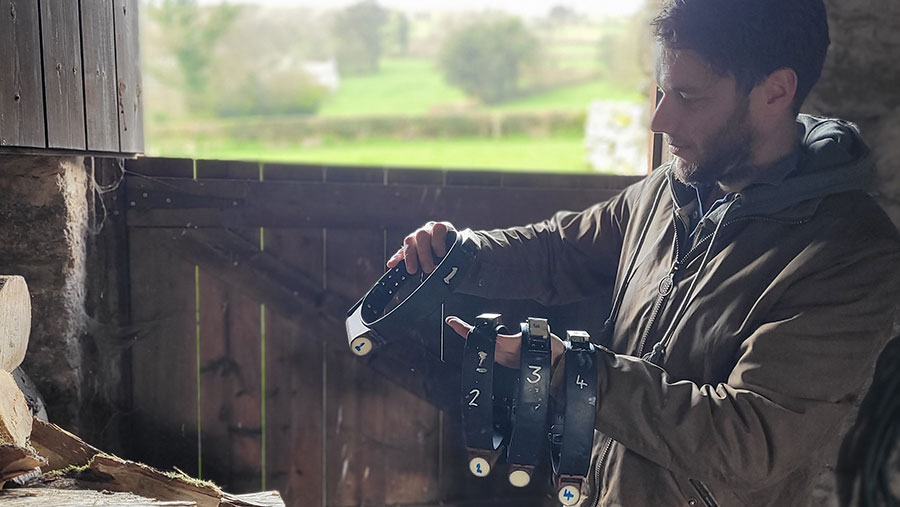
Dr Mark Whiteside © Mark Whiteside
It is this combination of animal-based sensors, environmental sensors and easily accessible real time data that could revolutionise how we farm.
Accurate picture
The approach across these projects and others associated with Crisps is effectively turning South West England into a living laboratory, with the ability to glean information from sensors across the entire catchment, giving an incredibly accurate picture of what is happening on a landscape scale in real time.
Much of the technology is already developed and its application is being refined by the Crisps team. Partner farmers, both aspiring and experienced, will be supported in the adoption of the technologies.
Richard says the ambition is to have a suite of tools to choose from, which can be tailored to suit a farm’s system and local conditions, within the next three to five years.
“Many changes being made on-farm are driven by anecdotal evidence, so farmers are really excited by this work because it will help steer best practice and future agricultural research and policy direction with the power of data,” he adds.
Crisps Living Laboratory
Are you farming in South West England? The University of Plymouth’s Crisps team is looking for more farmers in the region to help with the development of its precision farming network techniques.
For more information about the research, and to get in touch, visit: www.plymouth.ac.uk/earth-smart
Provided by
University of Plymouth is working in the field with farmers and communities, using agri-tech and sensors to co-create practical, real-world solutions to food security and sustainability challenges.
Find out more about our agri-tech research at University of Plymouth
